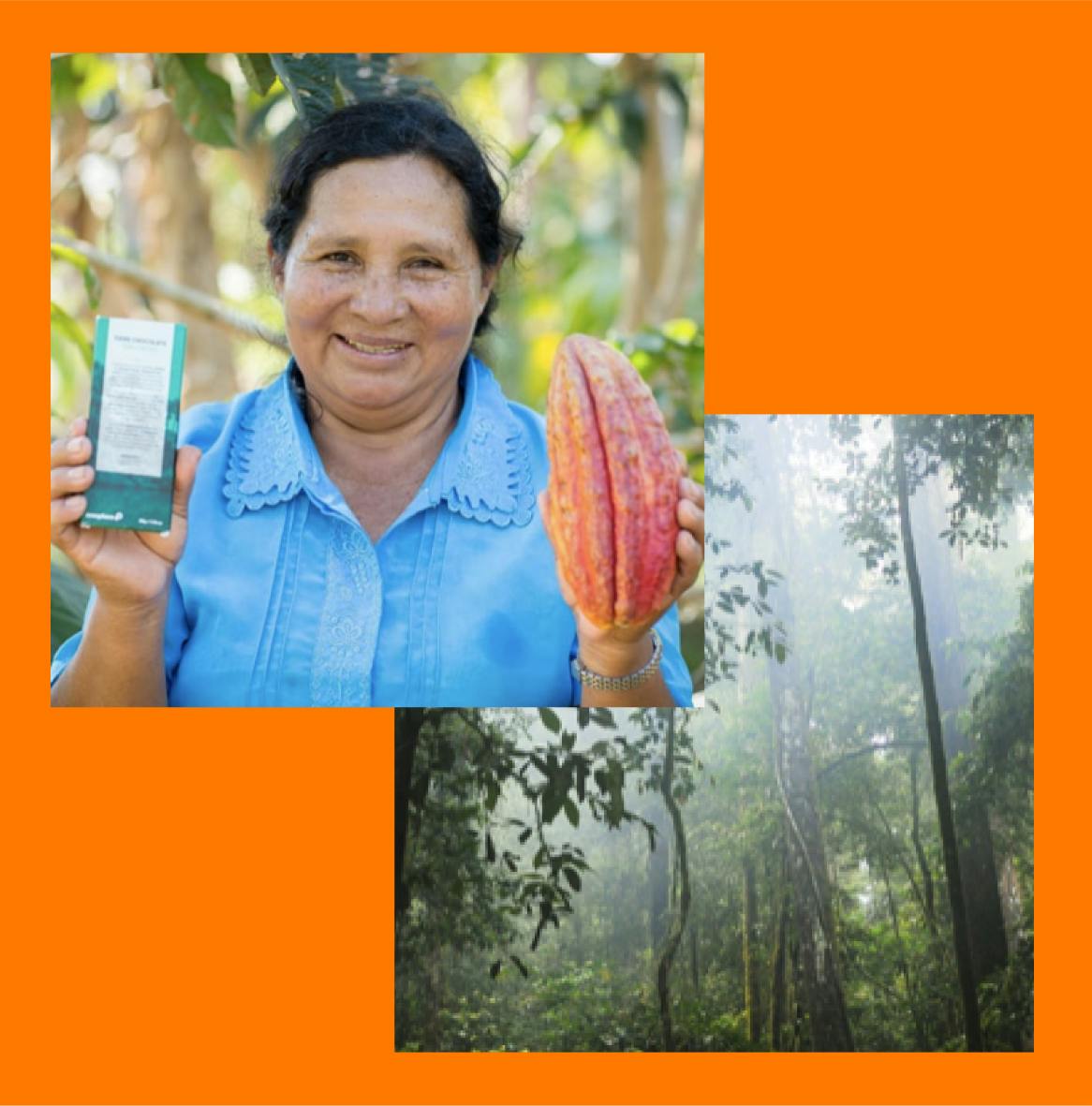Towards a cooler planet
Choose the carbon offset solution built for your life.
What customers love about CarbonClick

We’re creating a cooler planet with every click

Our solutions play nicely with your systems

All of our projects are certified and effective
Get started now. It’s free to sign up

You want to do some real good in the world through carbon offsetting. CarbonClick helps you do that simply, transparently and with integrity. That way, you know your climate action is making a difference.
Let's inspire 1 billion CarbonClicks
Individuals clicked
Businesses taken action
Your carbon offsetting supports projects that make a meaningful difference. Each one’s fully certified and validated with our 7-Point Impact Check.


All the data, all the time
We offer unmatched levels of transparency. With CarbonClick, you can track an offset and directly trace the positive impact you’re making.
Fit us into your flow
Our technology fits easily into your setup, super fast, making it simple for everyone to pay for and trace their positive impact.


17 South Street
Auckland 1010
New Zealand
[email protected]
Sign up. Be inspired. Get clicking.
Subscribe now to stay up to date with CarbonClick, carbon offsetting and climate action.
By signing up you agree to our Privacy Policy.
